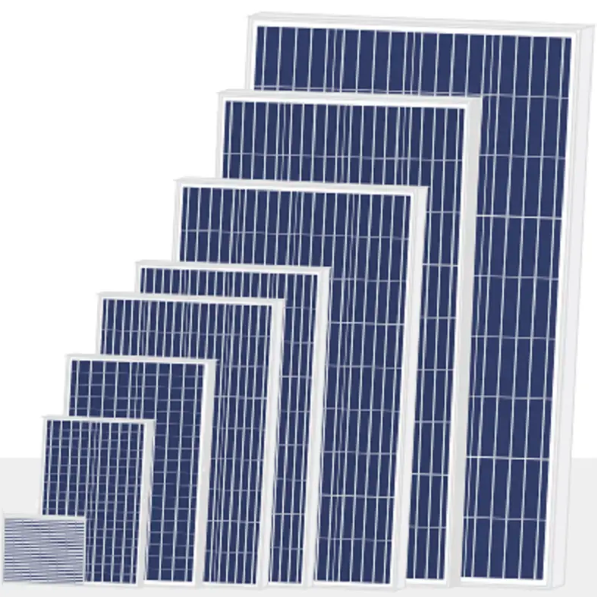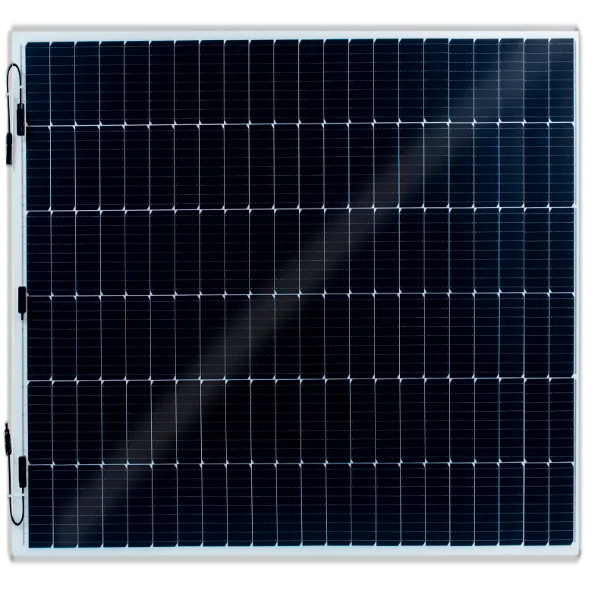Solar panels are becoming increasingly popular for homeowners and businesses looking to reduce their carbon footprint and save money on energy costs. However, the effectiveness of solar panels largely depends on their correct orientation and tilt. Proper placement of solar panels can significantly impact their energy production and overall efficiency.
One of the most critical factors in maximizing solar panel performance is their orientation. Ideally, solar panels should face south in the northern hemisphere and north in the southern hemisphere to capture the maximum amount of sunlight throughout the day. This allows the panels to receive the most direct sunlight, optimizing their energy production. Improper orientation can result in reduced energy output and reduced efficiency, ultimately affecting the return on investment of your solar panel system.
In addition to orientation, the tilt of a solar panel also plays a crucial role in its performance. The tilt angle of the solar panels should be adjusted based on the geographic location of the installation site and the time of year. The tilt angle affects how directly sunlight hits the panel, and the optimal angle will change depending on the season. For example, in winter, when the sun is lower in the sky, a steeper tilt captures more sunlight, while in summer, a shallower tilt maximizes energy production during longer daylight hours.
Proper orientation and tilt are critical to ensuring solar panels operate at maximum efficiency. When solar panels are installed correctly, they can produce more electricity, saving more energy and reducing your carbon footprint. Additionally, maximizing the energy output of solar panels helps speed up the payback period of the initial investment in a solar panel system.
Additionally, correct orientation and tilt can also extend the life of your solar panels. By optimizing sunlight exposure, panels are less likely to develop issues like hot spots or uneven wear that can lead to reduced performance and potential damage over time. Properly placed solar panels are better able to withstand environmental factors and maintain their efficiency for years to come.
It's worth noting that the correct orientation and tilt of solar panels may vary based on specific site conditions, such as shading from nearby buildings or trees. In some cases, adjustments may be necessary to accommodate these factors and ensure the panels receive adequate sunlight throughout the day. Consulting with a professional solar installer can help determine the best orientation and slope for a specific location, taking into account any potential obstacles or limitations.
In summary, the correct orientation and tilt of solar panels is critical to maximizing their energy production, efficiency, and overall performance. Homeowners and businesses can get the full benefits from their solar investment by ensuring their solar panels are placed correctly to capture the most sunlight. With the correct orientation and tilt, solar panels can significantly save energy, reduce environmental impact, and achieve long-term sustainability.
Post time: May-10-2024


